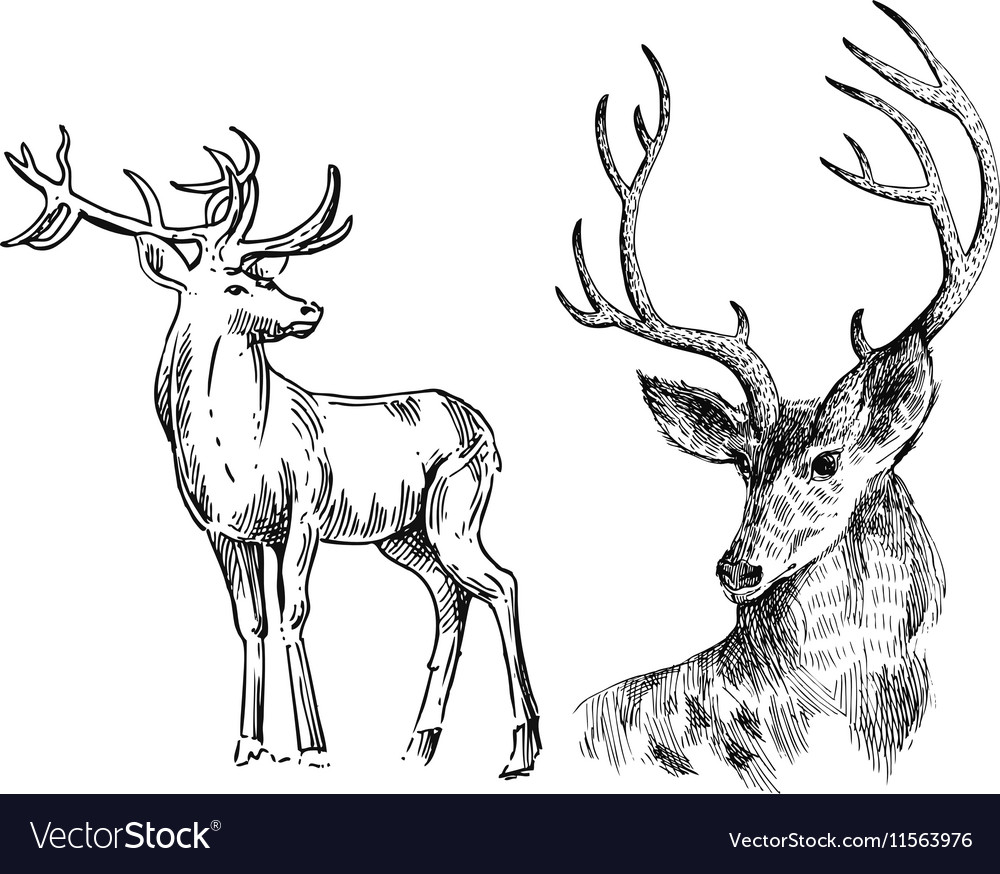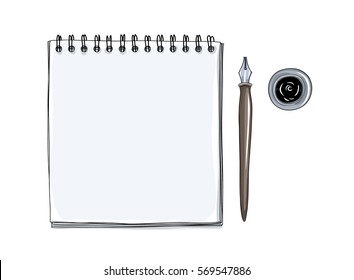

Let’s look at what the most relevant settings do.

The way to think of the settings is that the left side (Adjustments) resembles Photoshop, and is conditioning the raster image before it is traced the right side (Trace Settings) resembles Illustrator, and is taking the conditioned rasterized image and converting it to paths. Since you can see the results live, it helps to play with the settings a bit to get used to what effect they have. Leave Raster set to No Image and Vector set to Tracing Results, and check Fills. Check Ignore White: Now the white background is not present.Check Preview: Now you can see the effects live as you change the settings.There are many preset selections to choose from but we’re going to use our own settings to get the best possible trace: The Tracing Options dialogue box will open. Click the small box to the right of the Live Trace button called Tracing Presets and Options and scroll down to Tracing Options. Open a document in Illustrator and place your clean PSD image. There are methods to cut and separate these areas later (which will be explained), but it’s a good idea to try to achieve this early-on. This is to avoid having large groups of your drawing connected with anchor points when it is converted to vectors.

An alternative is to select small shapes with the Magic Wand Tool ( W) and add a 2-4 pixel white stroke (Edit > Stroke) to slightly separate shapes. Lastly, take the Eraser Tool ( E) and separate parts of the image that run together, isolating each component image or shape that you want separated. PSD file (this is important for editing it later in Illustrator). It may take a few experimental tries, since every drawing is different. The result should be a much cleaner version of your image. Go to Edit → Fill ( Shift + F5) and fill with black. Make a new layer and click on that empty layer. When you are happy with the selection, click OK you should now see dancing ants. If you have trouble areas, you can select the Localized Color Clusters box and this will help add or take away from localized areas (not the whole image). Add to Sample and Subtract from Sample: Use these Eyedropper Tools (to the right of the main Eyedropper Tool) to select or take away from the preview image.View the results on the Color Range preview. Using the Eyedropper Tool, zoom into your main drawing ( Cmd/Ctrl + Scroll) so you can see the pixels you are selecting. Because we chose the Selection preview (and Invert is not selected), you will see the selected pixels as white, so white = selected.
Use the Eyedropper Tool to click on your image and to sample the colors you want included. Invert: Choose this if you would rather preview selected pixels as black instead of white.Fuzziness: Play with this setting to get the edges less, or more, sharp.Localized Color Clusters: Leave this deselected in the beginning.There are a number of techniques that help get rid of unwanted specks and imperfections, here’s the method I used: Paint the black areas, and alter or redesign any shapes so you are happy with the overall design.Ĭleaning up the image is important for getting a good trace in Illustrator. Clean the image using the Eraser Tool ( E), trying to get the white areas as clean as possible. Begin by adjusting the image using Image → Adjust → Brightness/Contrast → Levels ( Cmd/Ctrl + L) and/or Curves ( Cmd/Ctrl + M) to improve upon the sharpness and contrast if needed. Make sure that the image is Grayscale ( Image → Mode → Grayscale). Scan your sketch and bring the image into Adobe Photoshop.


 0 kommentar(er)
0 kommentar(er)
